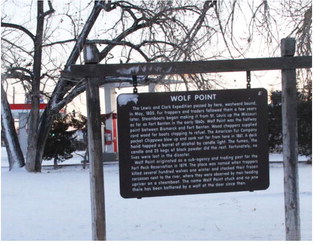Counties Hope Governor Changes Stance On Mills
The Montana Association of Counties is considering options after the Montana Supreme Court ordered counties to levy the amount calculated by the state for schools, the full 95 mills, after most county commissions had decided to levy less than that amount.
A majority of counties, including Roosevelt, levied 77.9 mills, as opposed to the full 95 mills, as part of a local solution to help homeowners with anticipated increases in property taxes.
Roosevelt County Commissioner Gordon Oelkers said the ruling might mean that county residents will receive an additional tax bill when the second half of taxes are collected. He said a letter would accompanied the bill to explain the situation to taxpayers.
Oelkers explained the reduced amount of mills requested was saving county taxpayers about a half million dollars. Now, that amount would need to be paid by county residents.
“That goes 100 percent to the state,” Oelkers said.
In a letter from MACo president Ross Butcher of Fergus County to Gov. Gianforte, it was written, “Tax bills have been distributed across Montana, and the vast majority of property taxpayers are expecting the school equalization mills attached to their property to be at the maximum calculated for the current year: 77.9 mills. While we dispute the state’s ability to levy ‘extra’ mills as part of our position that you cannot have banked mills when you have never levied less than the full 95 authorized by statute, neither we, nor your Department of Revenue, nor the Montana Supreme Court disagree that the current levy authority is 77.9 mills.”
The letter to Gianforte requests that the state live within its means and levy only the maximum amount calculated by the Department of Revenue. “The state will receive an additional $20 million in revenue this year over last year if you exercise discretion and levy what the current calculations allow. No school funding will be impacted, taxpayers in all classes will savage and you won’t be intentionally taking advantage of increased appraised values by levying more than your current levy authority,” Butcher wrote.



